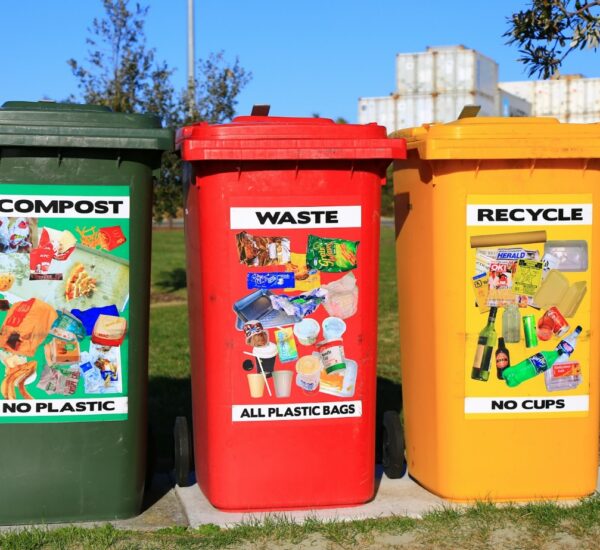The Concept of Integrated Sustainable Waste Management.
The core concept of Integrated Sustainable Waste Management (ISWM) has been developed out of experience, to address certain common problems with municipal waste management in low-and middle-income countries in the South, and also in countries in transition. ISWM recognises three important dimensions in waste management: (1) stakeholders, (2) waste system elements and (3) sustainability aspects. The waste management hierarchy – a policy guideline that is part of many national environmental laws and policies – is also a cornerstone of the ISWM approach.
The term ‘waste’ in the context of ISWM
The term ‘waste’ has a different meaning for different people. In general one can say that waste is ‘unwanted’ for the person who discards it; a product or material that does not have a value anymore for the first user and is therefore thrown away. But ‘unwanted’ is subjective and the waste could have value for another person in a different circumstance, or even in a different culture. There are many large industries that operate primarily or exclusively using waste materials – paper and metals are the commonest – as their industrial feed stocks.
In the context of ISWM, waste is regarded both as a negative and as a useful material providing a potential source of income. It can in fact be the only free resource available to poor people, or urban dwellers, who cannot cut wood or use other common property resources available in the country. This real value of waste in many low-and middle-income countries in the South is confirmed by the huge informal sector that lives from waste collection and recovery. There are also formal sector examples, such as sugar cane factories that sell their fibres and cane waste to paper factories who produce paper out of it. Unfortunately not all wastes can be regarded as resource. Many hazardous and toxic materials cannot be safely recycled or reused. The category of waste can be divided into solid and liquid waste. Liquid waste is sometimes referred to as human waste or excreta.
A stakeholder is a person or an organisation that has a stake, an interest in –in this case– waste management.The municipality, with its general responsibility for urban cleanliness and the citizens or households who use the system, are (almost) always stakeholders in waste management. But other stakeholders differ in each city, so they need to be identified in the local context and often also grouped according to their interests.Their influence – the extent to which stakeholders are able to persuade or coerce others into making certain decisions or following certain courses of action- and importance – the extent to which the problems, needs and interests of a particular stakeholder are a priority in a project or plan- varies. Stakeholders by definition have different roles and interests in relation to waste management; the challenge of the ISWM process is to get them to agree to co-operate for a common purpose, that of improving the waste system. In addition, the stakeholders in a particular city or region share a common social and geographic context and may be bound together by other systems in addition to solid waste.
All waste system elements should be looked upon as being stages in the movement, or flow, of materials from the mining stage, via processing, production and consumption stage towards final treatment and disposal. A waste management system is a combination of several stages in the management of the flow of materials within the city and the region. A waste management plan is part of an integrated materials management strategy, in which the city makes deliberate and normative decisions about how materials should flow. The waste elements then become specific tactics to deal with specific materials after they have been consumed. ISWM recognises the high-profile elements ‘collection’, ‘transfer’ and ‘disposal’ or ‘treatment’. It gives equal weight to the less well understood elements of ‘waste minimisation’, ‘reuse’ and ‘recycling and composting’. The history and character of the locality influence which system elements are present and which are absent or under-developed. A full ISWM process seeks to supplement the existing system so that all elements are represented. Usually this means adding waste prevention or minimisation, reuse and recycling to the existing mix.
The ISWM concept distinguishes six aspects, or lenses, through which the existing waste system can be assessed and with which a new or expanded system can be planned. The ISWM aspects give a municipal manager a set of tools to perceive, study and balance priorities and create measures to give the desired results.




